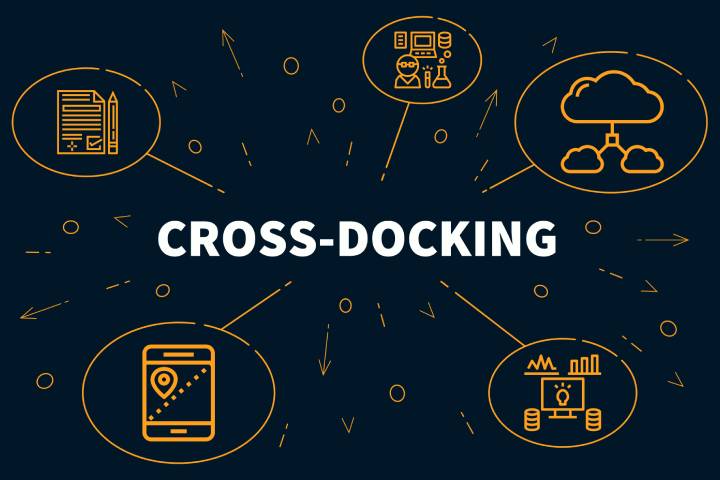Cross Docking – The New Trend In The Retail Sector

In the last decades, the way of consumption has changed remarkably. E-commerce is becoming more and more frequent, through which the user chooses the products they want comfortably from home and receives them in a few days. This new business model has also meant a change in distribution systems, so the Senior Technician in International Trade must know one of the most cutting-edge techniques: cross-docking.
What Is Cross-Docking
Cross-docking, also known as dock crossing, is a logistics technique that consists of receiving the products sent by a supplier and immediately moving them to a transport vehicle to put them back in distribution to the different consumers or final companies in less than 24 hours.
Through cross-docking, the aim is to minimize the time a product spends in the warehouse, minimize storage costs, and reduce risks to ensure that a package reaches its destination in optimal conditions and its exact period.
This logistics process has become popular thanks to the development of electronic commerce since it is increasingly common for the user to buy their products through a marketplace, where they select items from different suppliers. In this way, the distribution company (Amazon) must receive the products from the manufacturer and send them to the final consumer.
Likewise, cross-docking becomes a vital technique in a context in which this type of entity guarantees delivery in a reduced time, especially for perishable products. The main companies that use this technique are food, pharmacy, and electronic commerce, among others.
Types Of Cross-Docking
Cross-docking can be classified according to the load units with which it is carried out, although the most common distinction is the one made according to the following process. Generally, this usually follows the following steps:
- Scheduling of delivery by suppliers.
- Receipt of the merchandise by the intermediary company.
- Quality control of cargo and its registration.
- Consolidation of orders, preparation, and shipment to the customer.
The types of cross-docking according to the process carried out are:
- Cross-Docking Redistributed: The supplier is in charge of preparing the load units taking into account the final demand. In this mode, the workers of the reception warehouse should only receive the products and send them.
- Consolidated Cross-Docking: The products are sent unprepared, and in the warehouse, they are in charge of conditioning them according to the order made by the consumer.
Benefits Of Cross-Docking
The implementation of this technique in international trade is undoubtedly due to its advantages to the different actors involved in the transaction. Likewise, we can classify the benefits of cross-docking based on how it affects the parties:
- Benefits Of Cross-Docking For Suppliers: This technique allows you to improve the distribution of your products, offering the customer the added value of fast shipping, which will directly affect your reputation. In addition, thanks to cross-docking, storage costs are reduced, giving higher inventory turnover and reducing the obsolescence of products in stock.
- Benefits Of Cross-Docking For The Distribution Company: The speed of this process means that the products spend little time in the intermediary’s warehouse, reducing the possibility of theft or loss.
- Benefits Of Cross-Docking For Consumers: The customer is the one who obtains the most benefits from this method since they receive their orders in less time, in the best conditions, and with an optimal transaction. This is especially important when the products you order are perishable, since thanks to the cross-docking, you will receive them in a minimum time, guaranteeing the storage conditions.
Undoubtedly, cross-docking has brought about a revolution for commerce, changing distribution processes and optimizing the transaction between supplier and customer. All the characteristics of this method are developed in the Superior Degree of International Trade at a distance.
Also Read: The Key Features Of The SD-WAN



![APSBCL Retailer Login Process At apsbcl.ap.gov.in [Complete Guide]](jpg/apsbcl-retailer-login-720x450.jpg)


